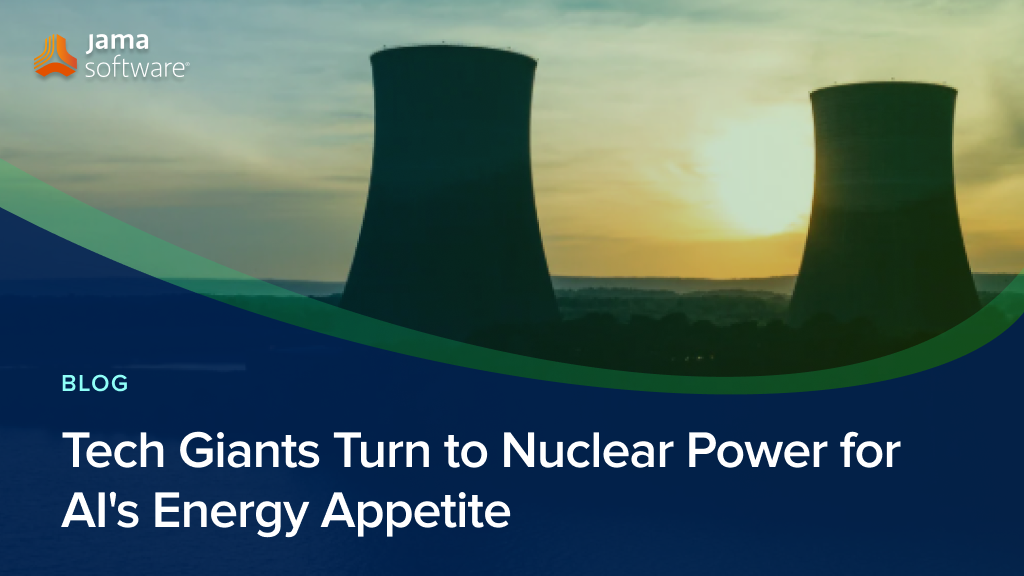
Tech Giants Turn to Nuclear Power for AI’s Energy Appetite
Artificial intelligence is revolutionizing industries at breakneck speed, with UBS CIO estimating global company spending $480 billion on AI infrastructure in 2026. This technological leap comes with an enormous energy cost. As AI workloads and data centers consume unprecedented amounts of electricity, tech giants are making a bold strategic pivot toward nuclear energy partnerships to meet their growing power demands while maintaining carbon-neutral commitments.
The energy requirements for training and running AI models have reached critical levels, forcing companies to seek reliable, preferably clean, power sources that can operate around the clock. Unlike solar and wind energy, nuclear power provides consistent baseline electricity that doesn’t fluctuate with weather conditions—a crucial advantage for data centers that require uninterrupted power supply.
AI’s Explosive Energy Demands Drive Infrastructure Crisis
The computational power required for artificial intelligence applications has created an energy consumption challenge that traditional power grids struggle to accommodate. Modern AI data centers consume significantly more electricity than conventional facilities, with some requiring the equivalent power of small cities to operate effectively.
Training large language models and maintaining AI inference capabilities demand continuous, high-intensity computing power. These operations cannot afford power interruptions or fluctuations that occur with renewable energy sources dependent on weather patterns. The reliability factor makes nuclear energy an attractive solution for sustained AI operations.
Data center operators face mounting pressure to expand capacity while meeting corporate sustainability goals. This dual challenge has accelerated interest in nuclear partnerships as a viable path forward for powering next-generation computing infrastructure.
RELATED: Accelerate Nuclear Design Assessments and Reduce Certifications and Engineering Costs with Jama Connect® for Nuclear Reactor Design & I&C Development
Nuclear Renaissance Through Advanced Reactor Development
The nuclear energy sector is experiencing renewed momentum through innovative reactor technologies designed specifically for modern energy demands. Small modular reactors (SMRs) and advanced nuclear systems offer enhanced safety features, reduced construction timelines, and flexible deployment options that appeal to tech companies.
Dedicated next-generation nuclear facilities can be built closer to data centers, reducing transmission losses and improving grid reliability. Advanced reactor designs incorporate passive safety systems and simplified operations that address historical concerns about nuclear energy deployment.
Nuclear developers are actively pursuing projects that can deliver power within the next decade, aligning with tech companies’ aggressive expansion timelines. This convergence of technological advancement and market demand is creating unprecedented opportunities for SMR-powered nuclear energy growth.
Strategic Partnerships Transform Energy Landscape
Amazon, Microsoft, Alphabet/Google, and Meta, which contribute most of the global spending on AI infrastructure according to UBS CIO, have emerged as leaders in forging partnerships with nuclear energy developers, recognizing that traditional renewable sources cannot fully meet their expanding cloud and AI datacenter energy requirements. These collaborations represent billions of dollars in commitments toward nuclear power development.
Amazon’s approach includes investing in SMR technology and securing long-term power purchase agreements with nuclear developers. The company’s strategy focuses on deploying nuclear power near major data center clusters to ensure reliable electricity supply for cloud computing and AI services.
Microsoft has signed a 20-year nuclear power purchase agreement with Constellation Energy that will help restart the Crane Clean Energy Center’s Three Mile Island Unit by 2028.
Alphabet/Google has announced partnerships aimed at bringing gigawatts of nuclear capacity online by 2030, emphasizing the need for carbon-free energy that operates continuously. The company’s nuclear strategy complements its existing renewable energy portfolio while addressing the specific demands of AI workloads.
Meta’s nuclear initiatives focus on securing clean energy sources that can support the company’s ambitious AI research and deployment goals. These partnerships demonstrate how social media and technology platforms are adapting their energy strategies to accommodate next-generation computing requirements.
RELATED: Buyer’s Guide: How to Select the Right Requirements Management and Traceability Solution
Nuclear Power’s Competitive Advantage for Data Centers
Nuclear energy offers unique advantages that align perfectly with data center operational requirements. The consistent power output eliminates concerns about energy storage systems and backup generation typically required with intermittent renewable sources.
Cost predictability represents another significant benefit, as nuclear fuel costs remain relatively stable compared to fossil fuel price volatility. Long-term power purchase agreements with nuclear facilities provide tech companies with budget certainty for their expanding operations.
The carbon-neutral profile of nuclear energy helps tech giants achieve environmental commitments without compromising operational reliability. This combination of sustainability and dependability positions nuclear power as an essential component of future data center strategies.
Powering Tomorrow’s Digital Infrastructure
The convergence of AI’s energy demands and nuclear power capabilities marks a transformative moment for both industries. Tech companies are demonstrating that meeting ambitious technological goals requires innovative approaches to energy procurement and infrastructure development.
These nuclear partnerships signal a fundamental shift in how major corporations approach energy planning for next-generation computing workloads. As AI continues expanding across industries, the demand for reliable, clean power will only intensify, making nuclear energy an increasingly critical component of digital infrastructure strategy.
The success of these early partnerships will influence broader industry adoption and accelerate nuclear energy development timelines. Organizations planning significant AI deployments should evaluate nuclear power options as part of their long-term energy strategies.
Note: This article was drafted with the aid of AI. Additional content, edits for accuracy, and industry expertise by Mark Levitt and Vlad Tanasescu.
- Next Generation Nuclear: Reactor Innovations Shaping 2025 - November 11, 2025
- Tech Giants Turn to Nuclear Power for AI’s Energy Appetite - October 14, 2025
- Accelerate Nuclear Design Assessments and Reduce Certifications and Engineering Costs with Jama Connect® for Nuclear Reactor Design and I&C Development - September 23, 2025